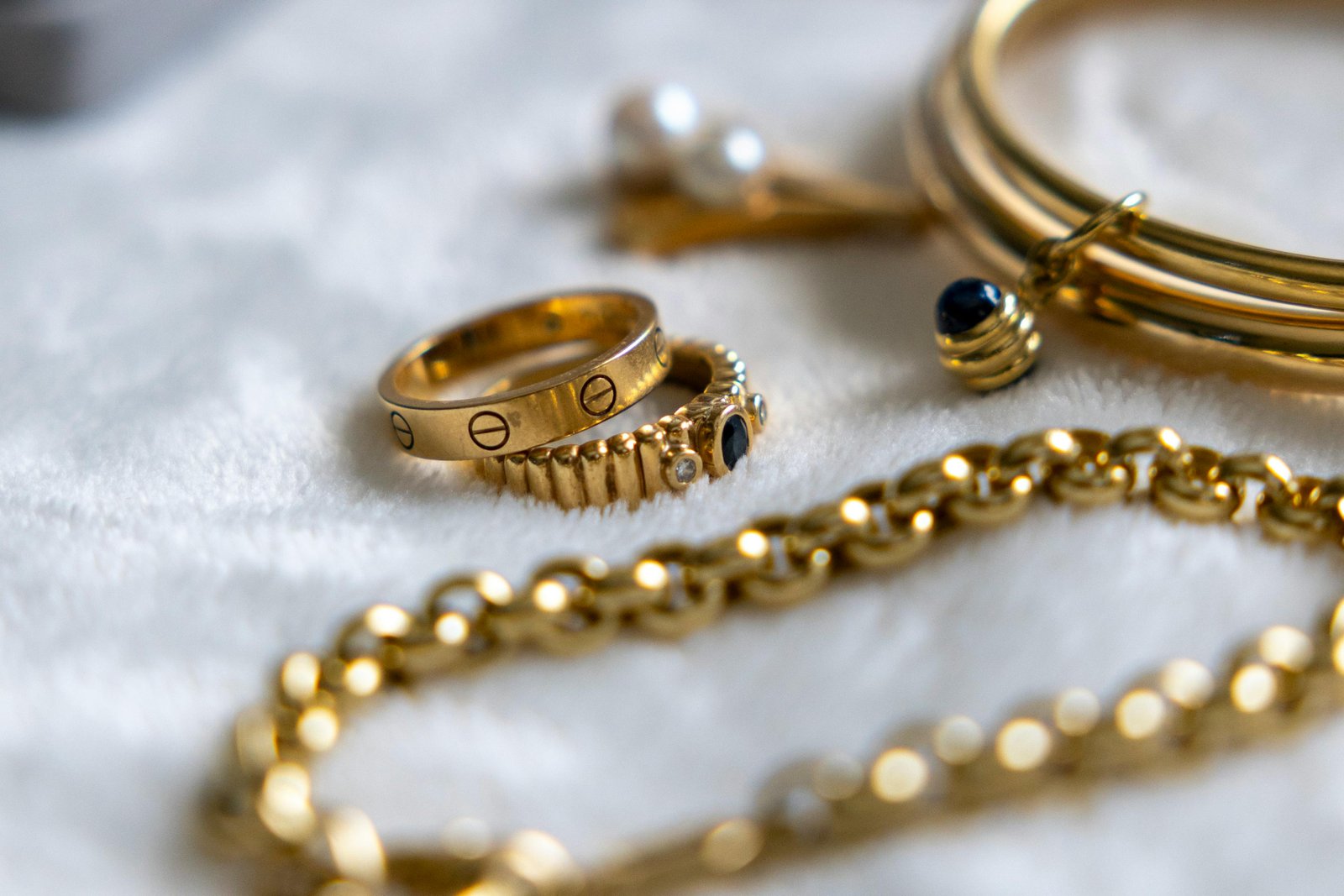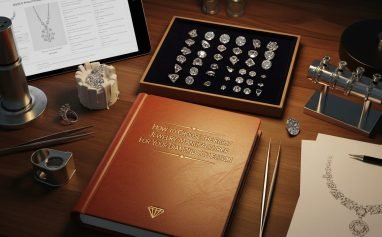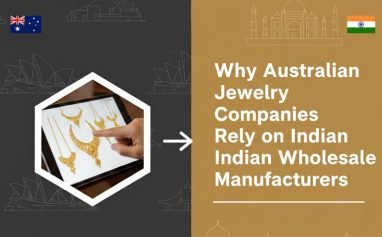Why Indian Retailers Prefer Gold-Plated Over Gold-Filled Jewelry
India’s jewelry market has rapidly diversified in the last five years, with growing demand for affordable luxury and fashion-first jewelry. In this evolving landscape, gold-plated jewelry has emerged as a clear favorite—particularly for retailers, exhibition sellers, and private-label brands.
While gold-filled jewelry offers more durability and a thicker gold layer, Indian retailers still show a strong preference for gold-plated pieces, especially those made using 925 sterling silver or brass bases. The reason? It comes down to cost efficiency, customer behavior, production flexibility, and faster inventory turnover.
Let’s break down the top reasons why gold-plated jewelry continues to dominate retail stocking strategies in India.
1. Lower Cost = Higher Retail Margin
Gold-Plated Jewelry:
- Thin layer of gold (0.5 to 2.5 microns)
- Electroplated over a base metal (usually brass or 925 silver)
- Very affordable to manufacture
Gold-Filled Jewelry:
- Thick layer of gold bonded through pressure and heat
- More expensive base materials and processing
While gold-filled offers durability, it increases per-piece cost by 3X to 5X. This drastically limits pricing flexibility for retailers targeting budget-conscious or fast-fashion customers.
Retail Insight: In Indian markets, especially exhibitions and urban pop-ups, customers are more likely to spend ₹400–₹1200 on a gold-plated chain or ring than ₹2500+ on gold-filled variants.
2. Faster Inventory Turnover
Indian jewelry buyers, especially in Tier 1 and Tier 2 cities, are driven by trend-based purchasing behavior. They want:
- New styles every 2–3 weeks
- Budget-friendly gifting options
- Jewelry that matches daily wear or outfits
Since fashion trends shift quickly, gold-plated pieces allow retailers to:
- Refresh stock more frequently
- Offer wider variety per display
- Minimize slow-moving inventory risk
Gold-plated = Fast fashion, fast sales
Gold-filled = Slow-moving, premium positioning
3. Customer Awareness is Still Growing
Gold-filled jewelry is still relatively new to the average Indian buyer. Most shoppers equate “gold finish” with either gold-plated or real gold. This knowledge gap creates limited differentiation value for gold-filled pieces in regular retail settings.
Unless you’re selling in a premium fine jewelry environment, the extra cost of gold-filled often goes unrecognized by mass-market customers, especially at exhibitions, malls, and marketplaces.
“My customers rarely ask about gold-filled vs. plated—they care about design and price.”
—Jewelry stall vendor, Mumbai Exhibition Market
4. Easier to Source and Customize
Gold-plated jewelry offers lower MOQ (Minimum Order Quantity) and better flexibility for custom design runs. Whether it’s:
- Custom name jewelry
- Birthstone pieces
- Festive drops
- Bridal trousseau items
Gold-plated jewelry allows for faster prototyping and lower manufacturing risks, especially for brands testing new collections or seasonal designs.
Manufacturers Prefer:
- Electroplating for speed
- 925 silver or brass for balance between cost and quality
- Easy customization via CAD/CAM processes
5. Better Fit for Indian Weather & Usage Habits
Yes, gold-filled lasts longer—but Indian consumers tend to:
- Rotate jewelry more frequently
- Wear different sets for different outfits
- Look for light, breathable options in humid weather
Gold-plated jewelry fits this lifestyle perfectly—it’s:
- Lightweight
- Budget-friendly to replace
- Stylish without feeling precious
Gold-filled jewelry, while more durable, may feel overpriced or bulky to casual wearers not looking for longevity.
6. Strong Performance in Gifting & Festive Categories
Festive seasons like Diwali, Raksha Bandhan, Karva Chauth, and Valentine’s Day see massive spikes in:
- Couple rings
- Charm bracelets
- Minimalist pendants
- Customized pieces
Retailers report higher sell-through rates on gold-plated items, especially when presented in festive-ready packaging under ₹1000.
Customers shopping for gifts prefer aesthetic appeal over material specs, and gold-plated jewelry offers high visual value at a low price point.
Gold-Plated vs. Gold-Filled: Quick Comparison for Retailers
| Feature | Gold-Plated Jewelry | Gold-Filled Jewelry |
| Cost to Manufacture | Low | High |
| MOQ for Custom Production | Flexible | Higher |
| Customer Recognition | High (familiar term) | Low (niche awareness) |
| Fashion Trend Compatibility | Excellent | Moderate |
| Ideal Selling Platforms | Malls, exhibitions, eCommerce | Boutique showrooms, D2C luxury |
| Margins for Retailers | High | Lower unless selling premium |
| Inventory Refresh Speed | Fast | Slower |
Conclusion: Gold-Plated Jewelry Aligns Better with Indian Retail Dynamics
In a country where price sensitivity meets style obsession, gold-plated jewelry perfectly bridges the gap between affordability and fashion-forwardness. Whether you’re selling in a shopping mall, hosting a Diwali exhibition, or building a D2C Instagram brand, stocking gold-plated pieces enables faster turnover, broader appeal, and better margins.
If you’re a retailer or brand looking to scale with well-finished gold-plated jewelry, Nakassi offers end-to-end support—from design to delivery. As a trusted gold-plated jewelry manufacturer in India, Nakassi provides:
- 925 silver and brass-based gold-plated designs
- Custom CAD/CAM design services
- Low MOQ and fast prototyping
- Trend-forward collections suited for Indian buyers
Gold-plated jewelry isn’t just more accessible—it’s what Indian customers actually buy.
Stock smart. Scale fast. Source from Nakassi.

Brijesh brings a decade of experience in SEO and a deep love for jewelry to his writing. He excels at creating content that shines both on the page and in search engines, ensuring every story about gems and craftsmanship reaches the right audience.








